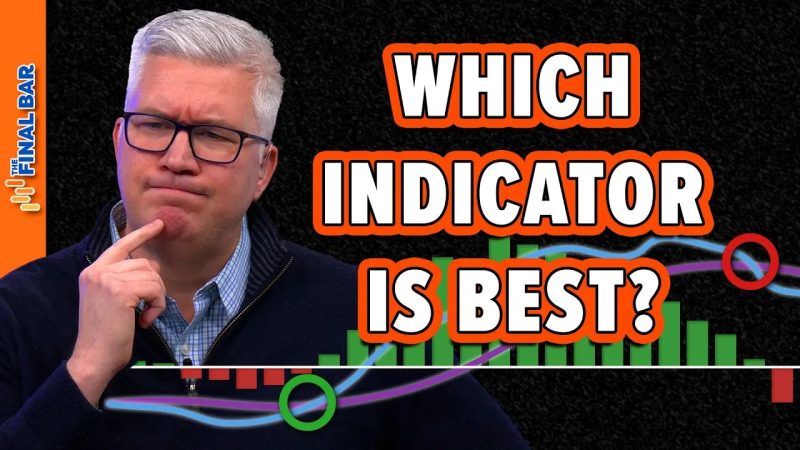Technical Indicator Showdown: MACD vs. PPO vs. PMO
MACD, PPO, and PMO are three popular technical indicators used by traders and investors to analyze the market trends and make informed decisions. Each indicator has its strengths and weaknesses, and understanding how they work can help improve trading strategies and optimize portfolio performance.
Moving Average Convergence Divergence (MACD) is a trend-following momentum indicator that shows the relationship between two moving averages of a security’s price. The MACD is calculated by subtracting the 26-period Exponential Moving Average (EMA) from the 12-period EMA. This results in a line that oscillates above and below zero, indicating potential buy and sell signals. Traders often use MACD crossovers, where the MACD line crosses above or below the signal line, to identify entry and exit points in the market.
The Percentage Price Oscillator (PPO) is a variation of the MACD indicator, calculated by taking the difference between two moving averages and dividing it by the longer moving average. The PPO is displayed as a percentage, making it easier to compare across different securities. Like the MACD, traders use PPO crossovers to identify bullish or bearish trends in the market. The PPO is particularly useful for comparing the strength of price movements across securities with varying price levels.
The Price Momentum Oscillator (PMO) is a momentum-based indicator that measures the difference between the closing price today and the closing price a specified number of periods ago. The PMO is designed to capture short-term price movements and identify potential trends before they become apparent on the price chart. Traders use the PMO to gauge the strength and direction of market momentum, helping them make timely decisions and capitalize on emerging opportunities.
When comparing MACD, PPO, and PMO, traders should consider their individual trading styles, risk tolerance, and investment goals. While MACD is a classic trend-following indicator suitable for long-term investors, PPO offers a percentage-based view of price movements ideal for comparing securities of different values. On the other hand, PMO provides a dynamic momentum signal that can help identify short-term trading opportunities and rapid price changes in the market.
In conclusion, choosing the right technical indicator depends on various factors, including the trader’s objectives, time horizon, and risk appetite. By understanding the unique features of MACD, PPO, and PMO, traders can leverage these indicators effectively to improve their trading performance and achieve consistent results in the dynamic world of financial markets.
